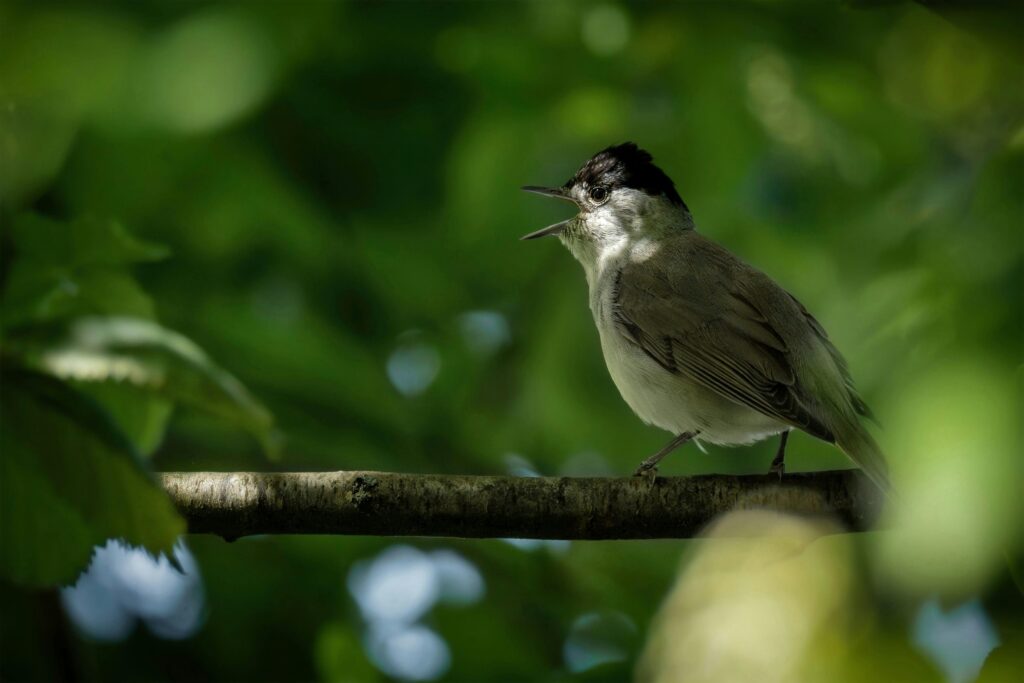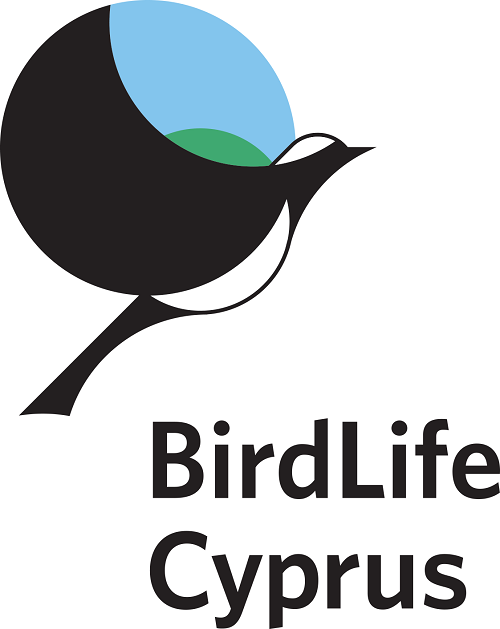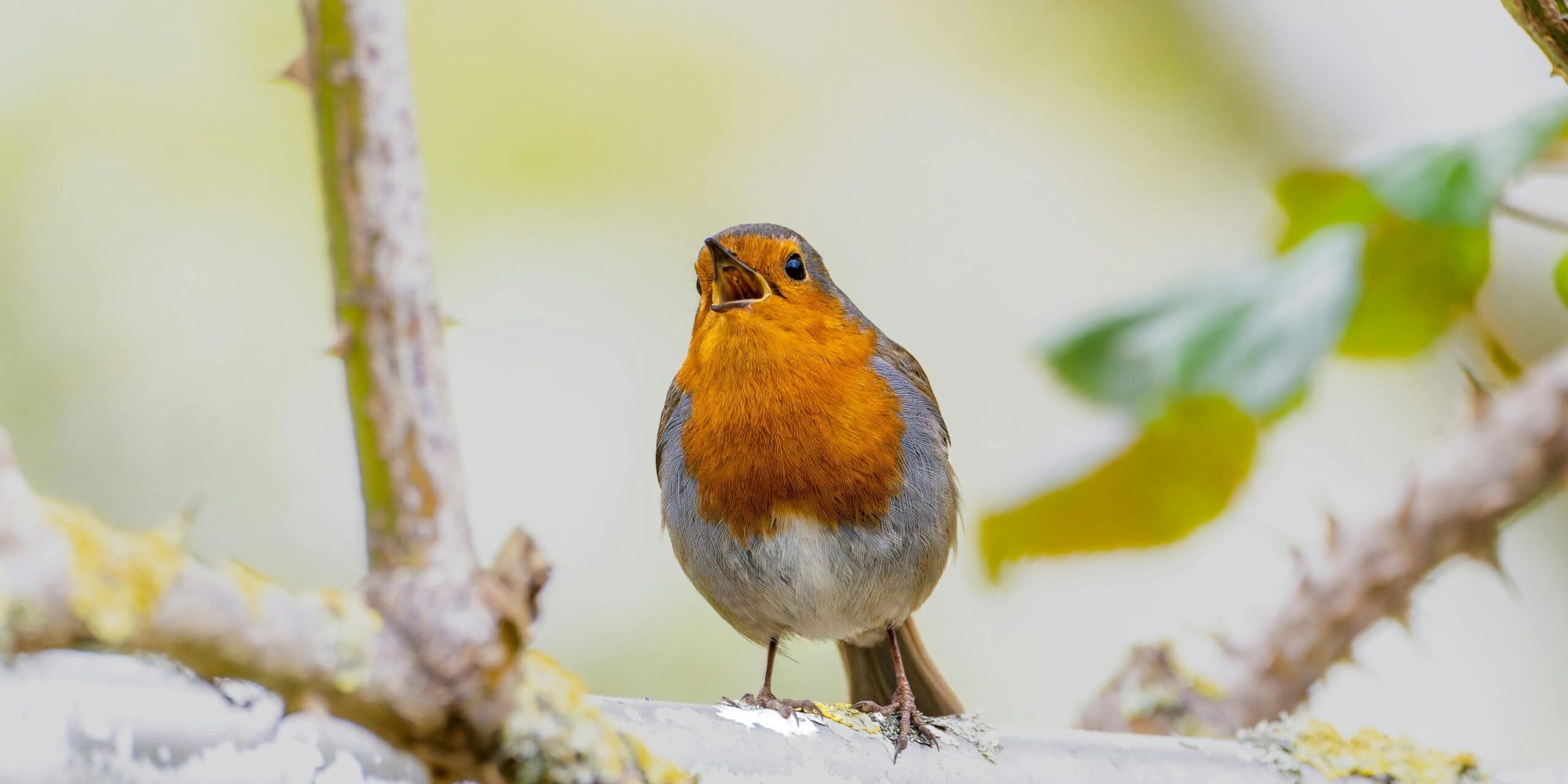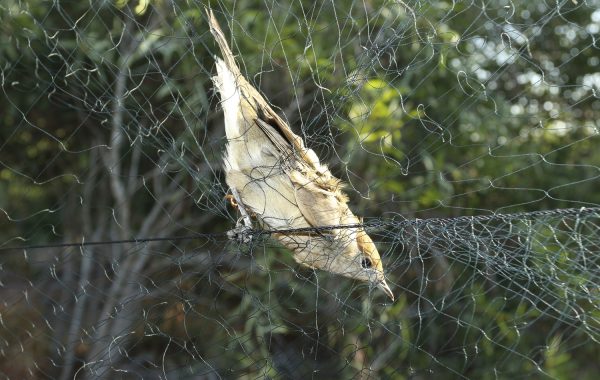Birds don’t sing just to fill our mornings with their lovely sounds. Their singing is a complex and essential communication system, serving multiple purposes related to their survival, social structure, and reproduction.
The language of birds
Bird communication is based on a highly evolved organ called the syrinx. Located where the trachea splits into the two bronchi of the lungs, the syrinx is a unique physiological feature in the animal kingdom. Depending on the species, it has a specialized structure that allows birds to produce a wide range of sounds, from simple calls to complex melodic phrases.
This “language” of birds includes various acoustic signals, which are generally categorized as calls and songs. Calls are short, functional sounds used for warning of danger, maintaining contact between group members, or attracting parental care by chicks. In contrast, songs, typically more melodic and structured, serve primarily reproductive and territorial purposes.

The complexity and functions of birdsong
Birdsong plays an important role in defining territory. Male birds sing to indicate ownership of a specific patch and to discourage other males from intruding. This vocal “warning” helps reduce the need for physical confrontation. Many species choose elevated perches, like the tops of shrubs and trees, to maximize the reach of their song.
At the same time, song is used to attract females, especially during the breeding season. The variety, complexity, and clarity of the song function as indicators of health, experience, and genetic quality. Modern studies confirm that females prefer mates with richer and more consistent vocal repertoires, which often signal higher levels of physical fitness.
Additionally, birdsong contributes to maintaining social cohesion. During migration or foraging, calls help members of a flock stay coordinated and close, particularly in low-visibility environments or when predators are present.
The dawn chorus
A particularly impressive example of vocal activity is the so-called “dawn chorus,” a burst of intense and synchronized bird singing that occurs just before sunrise, especially in spring. During that time, male birds sing loudly either to defend territory or to attract a mate.
Scientists believe that the increased vocal activity in the early morning is linked to the quietness of nature at that time, favourable acoustic conditions for sound transmission, and the low intensity of other daily activities such as foraging.
How to learn to identify birds by sound
Identifying birds by sound is a skill that develops with time and observation. By taking daily walks in nature and paying close attention to the surrounding sounds, we can gradually begin to distinguish different patterns of birdsong and associate them with specific species. The use of digital tools, such as bird ID apps (e.g., Merlin, BirdNET, Collins Bird Guide), makes this process significantly easier, especially for beginners. Recording and comparing bird sounds with online audio libraries, such as Xeno-Canto, is also a helpful learning tool.
The importance of listening to birds
Birdsong is not just a pleasant sound. It is an indicator of ecological health and biodiversity. In many areas, the reduction of natural soundscapes has been linked to declining bird populations, highlighting the need to protect natural habitats.
Beyond its ecological significance, birdsong also offers psychological benefits. Numerous studies have shown that listening to the sounds of nature, and especially of birds, reduces stress, improves concentration, and enhances mood.
By dedicating just a few minutes to listening and observing the birds around us, we cultivate not only a deeper connection with the natural world but also a different way of perceiving our daily lives.




